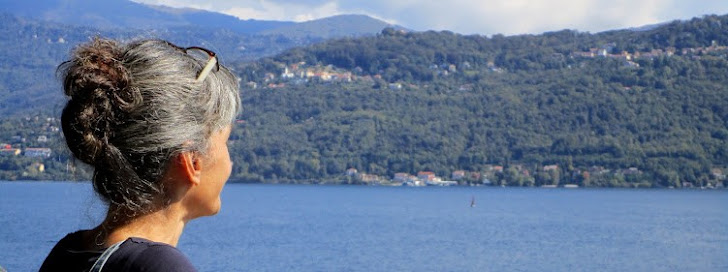As a student, I don't review myself in the
words of Tapscott. Maybe in most of my higher education I was very, very lucky. I did my bachelor in Macau (South of China), back in 1995-1998 and the majority of my teachers engaged with students in deep discussions and debates. Many times, the discussions continue outside the class room. Maybe because class-size (turmas) where around 30 people and not hundreds. But this should be viewed as anedotical evidence, since it is my own perception not based in any research, unlike the research based on the evidences collected by Tapscott in the US.
In my own life as student in the academic context, the questioning of our assumptions was the stage for our discoveries. Our teachers have done so in such a way, that we still maintain conversations today with some of them. The thousands of miles that separate us made the conversation fade, even though we could all communicate via CMC, makes me thing how important it is the social practice of face to face mentoring, so characteristic of academic spaces.
Later on, back to Portugal, following my 'licenciatura' (1999-2001), I moved to a pos-graduation (2001-2002), then a master (2002-2004) and now I'm on a PhD program (2006-2010) all in Portugal. I find the same engaging, the same will and open minds from the tutors and mentors with whom I cross. Some of the bonds that started in higher education later became business and work opportunities outside the educational system.
I agree that some things need to be changed, that the model needs perfecting, but I fail to see the end of Universities mainly because they are a gathering place where conversations can flow without restrictions, without our bias (seeing only what we want to see, is typical when each one of us is looking for information the web) and serendipity of finding what we did not know it existed happens through mentoring and exposition to contradicting views, of colleagues making questions that we did not knew how to ask, that otherwise would 'simple' be there 'invisible'.
Having access to all the courses information available, is not enough for all of us to become knowledgeable on those subjects. Like it's not enough to be able to access all the scientific databases to make a PhD. Even if we are independent learners (I wonder if we ever are!) we need to experience it, to articulate it, to try it out, to share it with others. Blogs, wikis, IM, and all the social tools that we have available, are great, and I've been using them for quite some time, and I'm longing even more for those moments where we can sit together, face to face, and articulate in a more encompassing language (where the non-verbal is the greatest part of our communication), where we are all hearing the same things, where we have the opportunity to read the silences, to articulate our discoveries, to let the unexpected and unlooked for emerge in the interactions.
The more I use technologies, the more I long for a place of real interaction with less noise and more meaningful interactions. With the people that I've come to know over the years over CMC and the continuing sense of friendship that grown out of it, comes also the frustration and the sorrow of not being able to be there to be part, to share
special moments like this. We can flatten the world with ICT but our social relations are not substituted by «platforms». We still need to be able to live our relations with all our senses, not just by creating our digital identities and much less by disembodiment of our knowledge to resume it to bits of scattered information.
No! Information comes with the passion of long weaved and crafted social interactions that makes it much more than just words, images, sounds. Information comes with memories, with all the senses we have used in the distinct, the unique journeys that each one of us makes. Some of them come from having to know things that we wouldn't wont to look for. Even frustration, pain, losses, they are all needed to understand the information that surrounds us. And do not get me wrong. Technology is great. I'm a great enthusiast myself. But I do not think it should ever be used to justify short cuts of motivation and the need to find meaning that is not around the corner, ready to use (or to be bought). We live very assimetrical realities. What for some are fluent tools for others are handicaps, but they both have a very important place, and we should not afford loosing any of them. They are all needed. They are all part of a delicate ecology in our long history of learning.
For sure that the models in use can be perfected, but not the excuse of lack of tools for not making it, since they are at our finger tip disposal and we can (and are) bringing them to the academia (and the organizations and circles we are part of). That's also part of the privilege times we are witnessing. When we can all share tools as needed instead of having them imposed on us. Let us choose according to our needs, sculpting together the spaces of our learning.
-------
Thoughts on reading the provoking piece on the Edge:
The Impending Demise of the University By Don Tapscott, that wrote the well known book «Growing up Digital: The rise of the Net Generation».







